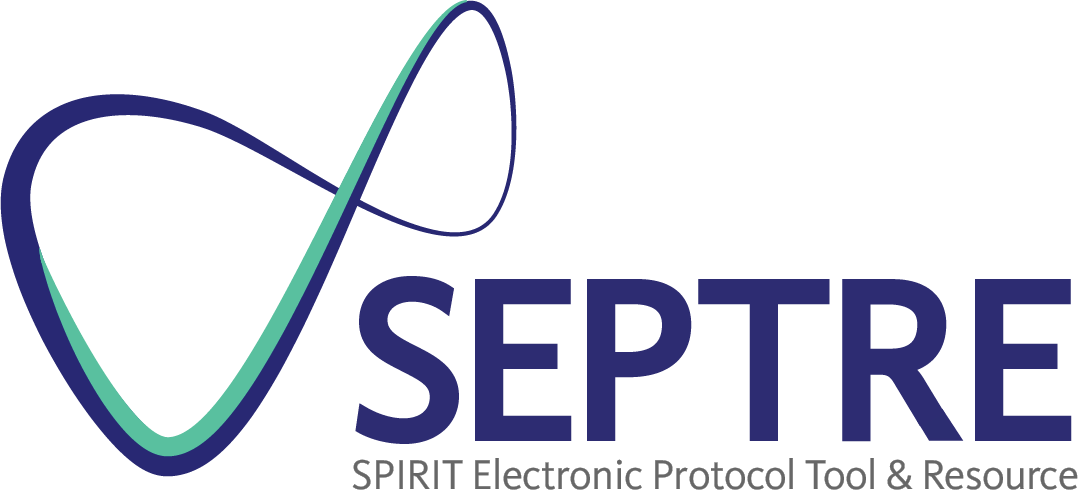Item 17a: Who will be blinded after assignment to interventions (e.g., trial participants, care providers, outcome assessors, data analysts), and how.
Example
“Assessments regarding clinical recovery will be conducted by an assessor blind to treatment allocation. The assessor will go through a profound assessment training program . . . Due to the nature of the intervention neither participants nor staff can be blinded to allocation, but are strongly inculcated not to disclose the allocation status of the participant at the follow up assessments. An employee outside the research team will feed data into the computer in separate datasheets so that the researchers can analyse data without having access to information about the allocation.”247
Explanation
Blinding or masking (the process of keeping the study group assignment hidden after allocation) is commonly used to reduce the risk of bias in clinical trials with two or more study groups.166;248 Awareness of the intervention assigned to participants can introduce ascertainment bias in the measurement of outcomes, particularly subjective ones (e.g., quality of life)166;167; performance bias in the decision to discontinue or modify study interventions (e.g., dosing changes) (Item 11b), concomitant interventions, or other aspects of care (Item 11d)229; and exclusion/attrition bias in the decision to withdraw from the trial or to exclude a participant from the analysis.249;250 We have elected to use the term “blinding”, but acknowledge that others prefer the term “masking” because “blind” also relates to an ophthalmologic condition and health outcome.251;252
Many groups can be blinded: trial participants, care providers, data collectors, outcome assessors or committees (Item 5d), data analysts,253 and manuscript writers. Blinding of data monitoring committees is generally discouraged.254;255
When blinding of trial participants and care providers is not possible because of obvious differences between the interventions,256;257 blinding of the outcome assessors can often still be implemented.17 It may also be possible to blind participants or trial personnel to the study hypothesis in terms of which intervention is considered active. For example, in a trial evaluating light therapy for depression, participants were informed that the study involved testing two different forms of light therapy, whereas the true hypothesis was that bright blue light was considered potentially effective and that dim red light was considered placebo.258
Despite its importance, blinding is often poorly described in trial protocols.3 The protocol should explicitly state who will be blinded to intervention groups – at a minimum, the blinding status of trial participants, care providers, and outcome assessors. Such a description is much preferred over the use of ambiguous terminology such as ‘single blind’ or ‘double blind’.259;260 Protocols should also describe the comparability of blinded interventions (Item 11a)150—for example, similarities in appearance, use of specific flavours to mask a distinctive taste—and the timing of final unblinding of all trial participants (e.g., after the creation of a locked analysis data set).3
Furthermore, any strategies to reduce the potential for unblinding should be described in the protocol, such as pre-trial testing of blinding procedures.261 The use of a fixed code (versus a unique code for each participant) to denote each study group assignment (e.g., A = Group 1; B = Group 2) can be problematic, as the unblinding of one participant will result in the inadvertent loss of blinding for all trial participants.
Some have suggested that the success of blinding be formally tested by asking key trial persons to guess the study group assignment, and comparing these responses to what would be expected by chance.262 However, it is unclear how best to interpret the results of such tests.263;264 If done, the planned testing methods should be described in the trial protocol.
| 16c: Implementation | 17b: Emergency unblinding |

